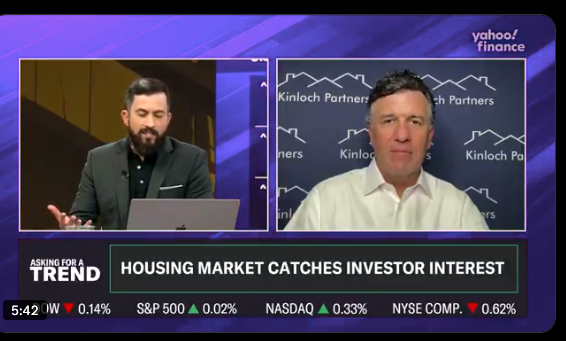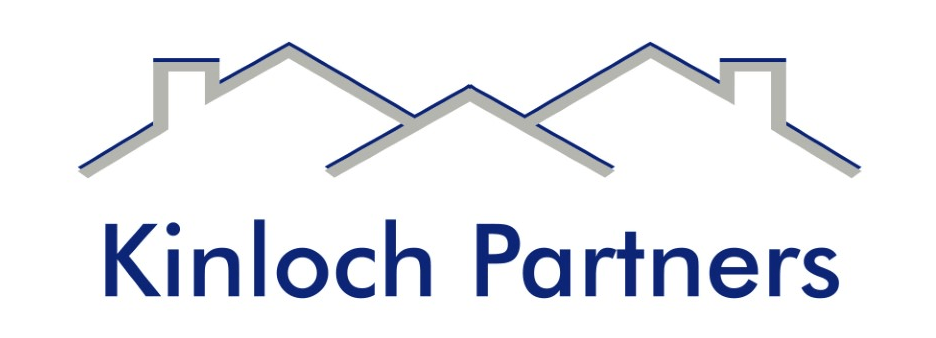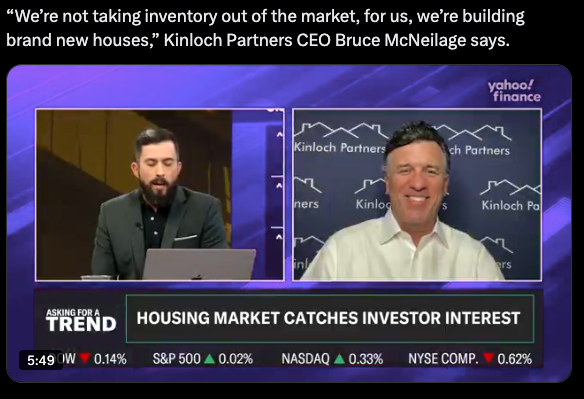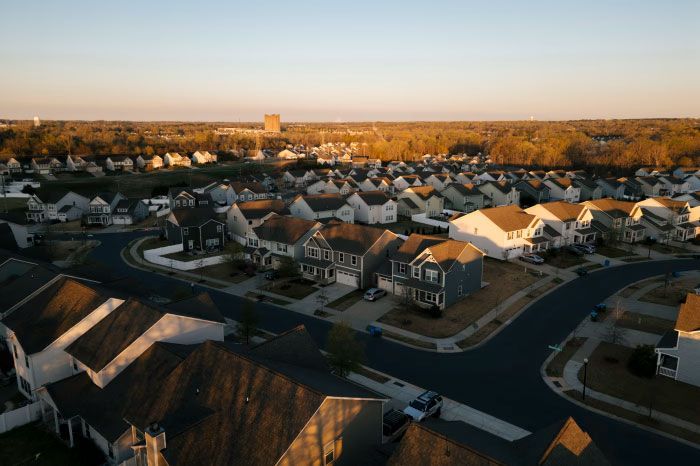Don’t Let Them Lie to You: Real Estate Investing Is Crucial to Housing Market Health
It’s time to stop villainizing investors, no matter the scale.
Original Story per Think Realty: https://thinkrealty.com/topics/market-trends/dont-let-them-lie-to-you-real-estate-investing-is-crucial-to-housing-market-health/

In July of last year, certain groups claiming to be “advocates” for homeowners took aim at real estate investors with a series of reports claiming, among other things, that 7% of the existing low-income housing tax credits currently in existence are “at risk of becoming market rate” (National Low-Income Housing Coalition, Public and Affordable Housing Research Corporation) and that “the problem [of affordable housing availability] could be further exacerbated by private equity firms and other investors managing real estate portfolios for maximum profit” (Liz Farmer, RouteFifty).
“Advocates” like these who villainize real estate investors for building and acquiring residential assets and (so the argument goes) renting them out at “staggering profits” while undermining the stability of local housing inventory are really doing anything but advocating for the would-be homeowners and residents they claim to support.
The sad truth of the matter is that it is impossible to solve the housing affordability crisis by throwing statistics at it—no matter how many numbers are thrown—and misapplication of said statistics can cause lasting harm to critical players in housing-market health, like real estate investors. In truth, real estate investors, both institutional and individual, play a significant role in maintaining the health of the housing market.
It Started Long Before 2008
It is common to hear people say that the single-family residential asset class—both fix-and-flip properties and single-family rentals (SFR) properties—“started” in 2008 in the wake of the mortgage meltdown and housing crash. This is untrue. Although the confluence of overbuilding, poor lending practices, and the advent of the digital age did create unprecedented awareness of this asset class, the truth is that SFR has existed for at least 2,000 years and has been a positive economic driver the entire time.
The historian Livy describes Roman homes (domus) that were rented out to individual households in documents dating back to 191 B.C. Residences with street-level living quarters commanded the highest rents because those were the homes with the fewest vermin. Ostia, a port city associated with Rome at that time, experienced a huge development boom just before Livy’s writing that sent both its economy and its population skyrocketing.
Sound familiar?
Of course, an ancient manuscript describing residential assets may seem a little outdated at this point, but the message it drives home remains indisputable. When individuals or entities with the ability to maintain lots of properties are willing to permit other individuals to access those properties for a fee, it creates a stronger infrastructure for everyone in the community.
Modern-Day Scenarios Demonstrate the Power of the Portfolio
Of course, just because something worked for the ancient Greeks does not necessarily mean it’s good for today’s housing market, although the dry dock, Archimedes’ Screw, and geometry are all still working pretty well in the modern world. As it turns out, property ownership, both short term and long term, is also still going strong.
According to an analysis published in 2022 by a team of economists hailing from the Federal Reserve, IE University, and the Herbert Business School at the University of Miami, when the percentage of inventory in a housing market purchased by real estate investors large or small increases by one point, it leads to a 1.46% percent housing price growth for a median house. This is great news for everyone in a given market because their property values are rising. Interestingly, this effect is outsized in the lowest-income housing stock.
Although the paper does point out that an institutional buyer can have an outsized effect on a local housing market in the form of diminished affordability, the team also noted that the increased presence of institutional buyers is dwarfed by the “overwhelming increase in small and local investors” who tend to shore up the stability of a market for both renters and owners while also pushing home values higher.
Institutional investors and individual investors fill distinct niches in the housing market. They do not, on the whole, tend to drive each other out of the market. Instead, both elements contribute to the increase in available and affordable inventory over time and support the activity and viability of the retail buyer as more inventory is created.
Real Estate Investing Is Essential to Housing Health
Although there are certainly “bad apples” in our industry as in any business sector, the habit of attempting to tar and feather all real estate investors as “destroying affordability” or “keeping people out of homes” is outdated and uninformed in 2024. Real estate investors buy up unused and abused inventory that retail buyers are not equipped to renovate or restore, shore up markets that otherwise would deteriorate due to abandonment and neglect, and support local housing ecosystems by creating environments in which employment opportunities can increase and other elements of the local homeowners’ ecosystem (e.g., quality schools, well-maintained green space, and outdoor recreation) can thrive.
The time has come to stop permitting “housing advocates” who are no longer truly advocating on behalf of homeowners and residents to vilify this industry. Real estate investors are a crucial and integral element of the greater housing economy.











